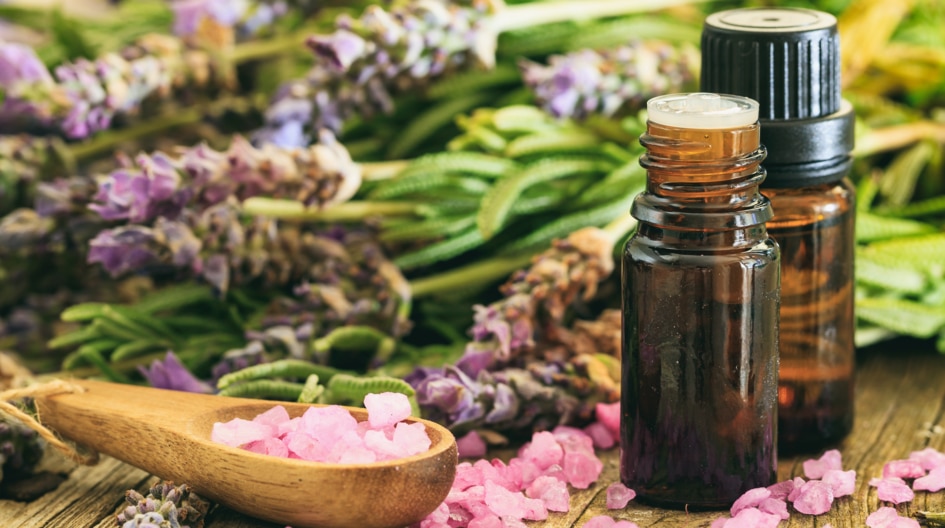Sometimes it’s hard to wrap one’s head around the fact that while terpenoids add flavor, health benefits and wonderful fragrances to cannabis, they also serve as both insect repellants and insect killing metabolites. To understand the Jekyll and Hyde nature of terpenoids one needs to look no further than two of the more common types found in cannabis as well as fruits and herbs: limonene and its close cousin linalool.
Limonene is a ‘cyclic monoterpene’. In other words, its chemical structure is rather simple and is reminiscent of a stop sign with an antennae and a pair of mismatched legs! As its name implies it is common in citrus fruit – lemons, limes, grapefruit – and in particular orange rinds. In fact, limonene constitutes about 98% of the essential oil in orange peels. It’s also present in lower concentrations in the seeds of dill and caraway and some of the most pleasantly aromatic cannabis cultivars contain elevated levels of limonene.
What many find surprising is that limonene is also an effective insecticide, insect repellant and is frequently used as a component of some industrial cleansers. Limonene kills certain insect pests through dessication of insect exoskeletons (skins) essentially causing the pest to dehydrate and die. Given that we humans don’t have exoskeletons limonene is far from life-threatening for us!
Another really cool aspect of limonene is that plants produce different forms of limonene called ‘enantiomers’. Enantiomer is just a fancy term for chemicals that are identical in composition but are mirror images of one another. A good ‘real world’ example is a pair of gloves. One is a mirror image of the other. Both gloves are ‘identical’, so to speak, but your left hand won’t fit into a righthand glove and vice versa. The impact of having mirror image limonenes is that the ‘plus’ enantiomer smells orange-like and is a better insect killer than the other ‘minus’ type which has more of turpentine-like odour. But that is not the end of the turpentine limonene because it is also an important ‘precursor’ to the production of menthol found in mint!
Linalool is very close in structure to limonene. In fact, at the molecular level it just looks like a split-open limonene molecule. And like limonene, linalool exists in two forms. The odour is reminiscent of lavender with a touch of citrus and is found not only in cannabis but many plants including tomato, sweet basil and, of course, lavender.
Genuine lavender oil is at least 85% of the ‘R’ type enantiomer while sweet orange oil is over 90% of the ‘S’ type enantiomer. Cannabis’ only close cousin, hops, is also rich in linalool. Linalool doesn’t seem to have the same insect killing ability as limonene but is fairly effective as a repellent for mosquitos and other insects.
Both limonene and linalool are but two of the myriad of terpenoids contained within the trichomes of cannabis plants and it’s tempting to think of terpenoids as being pleasant to have, but not essential additions for those who choose to use cannabis medicinally or psychoactively. But scientific research is proving otherwise. Terpenoids appear to contribute significantly to what is called the ‘entourage effect’. The entourage effect simply means that the terpenoids team up with other cannabis compounds and create beneficial effects that are equal to or even greater than the sum of the phytochemicals produced by the cannabis plant.
Given the incredible number of possible permutations and combinations of terpenes, THC, CBD and a whole array of other cannabis phytochemicals, it’s no surprise that each cannabis cultivar will have varying effects on people. Toss in the variability from one human being to another and matching up cannabis and cannabis products to produce the desired effects can be challenging.
I’m sure that with more time and money invested in terpenoid research, the true value of these secondary metabolites will be more clearly understood. The take home message here is that while psychoactive and medicinal cannabis compounds are often touted as the stars of the cannabis world don’t forget about terpenoids – the supporting cast that allows the stars to shine!



